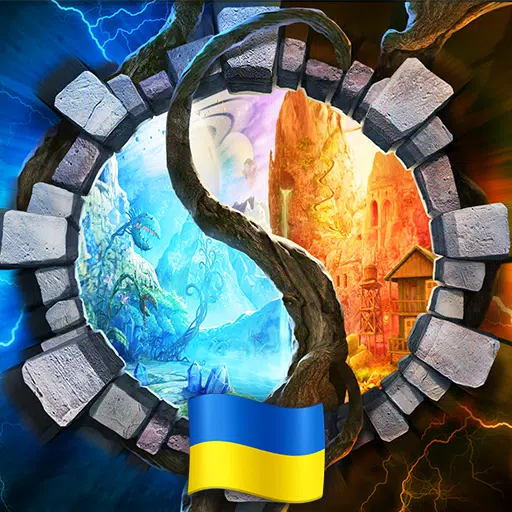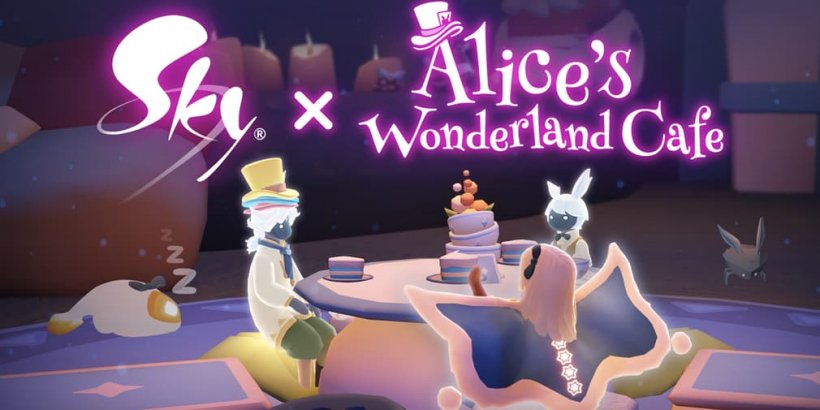Dracula. The Frankenstein Monster. The Invisible Man. The Mummy. And, of course, let's not overlook the Wolf Man. These iconic monsters have evolved significantly over the years, transcending their original forms while continuously captivating and terrifying audiences across generations. We've recently seen Robert Eggers' take on Dracula with his Nosferatu film, and now, Guillermo del Toro is crafting a new Frankenstein. Meanwhile, writer-director Leigh Whannell is putting his unique spin on the Wolf Man.
The question arises: how does a filmmaker like Whannell rekindle interest in yet another werewolf movie, especially the Wolf Man? More broadly, how do these filmmakers, as Whannell points out, rejuvenate the classic monsters to make them both scary and relevant to modern audiences?
To delve into this, arm yourself with torches, wolfsbane, and stakes—and a keen eye for the metaphors inherent in monster narratives. We had the opportunity to discuss with Whannell the impact of classic monster movies on his work, strategies for bringing beloved creatures like the Wolf Man back to life in 2025, and the reasons why these stories still matter today.














